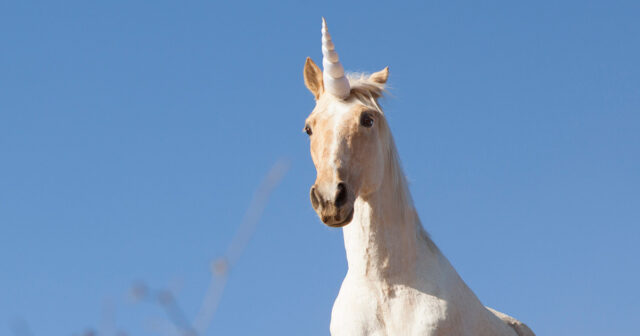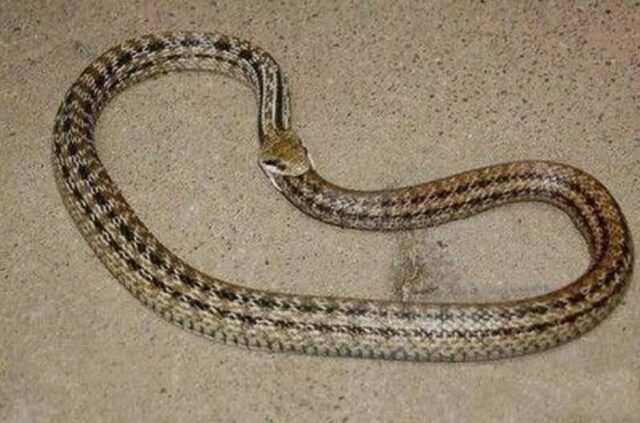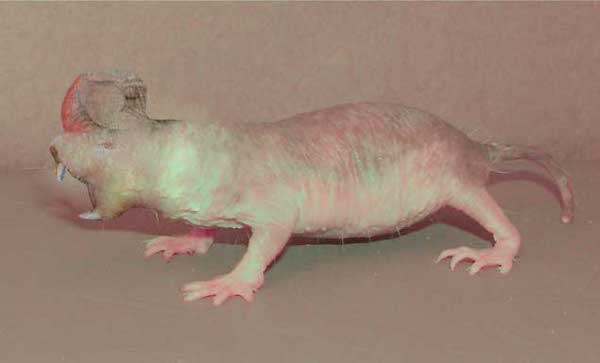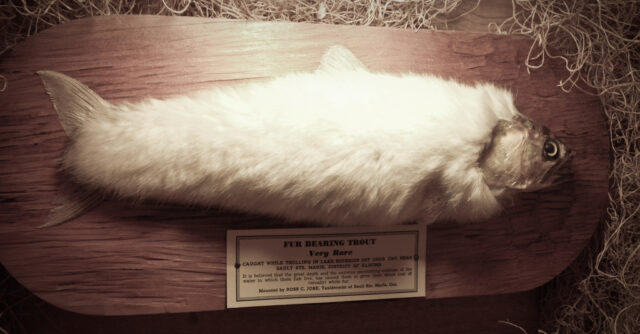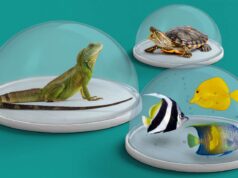
Where do cryptids come from? Is it merely a mistaken identity? Out-right hoaxes? Misunderstanding nature?
Those are the most common answers, but despite this belief continues around the world in animals that never existed. Here’s a list of ten and where their mistaken origins come from.
10Devil Bird (Sri Lanka)
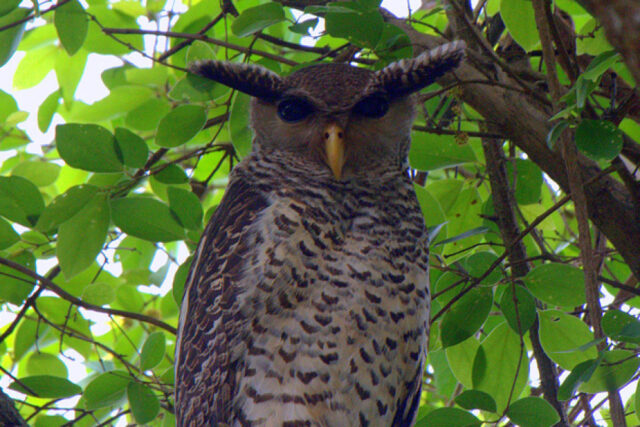
The cries of this bird are heard from the jungle. Over time it became an omen of sorts: the terrifying sound was a signal that someone nearby would die.
Hunters have tried to track down the bird (as it’s hardly ever seen screeching), and a few possibilities have been drawn. But which type of bird it actually has yet to be confirmed.
9Blue Mountains Panther (New South Wales)

For over one-hundred years those living near the Blue Mountains have reported sightings (or evidence) of a large wild cat roaming the area.
But extensive testing in 2009 (which included hair and fecal samples—ew!) denied these claims, with the conclusion being that most of the evidence was linked to a large dog.
8Drop Bear (Australia)

The fine people of Australia have developed a creature seemed to mess with tourists. The drop bear, as described, is a large marsupial that falls from trees and viciously attacks those who are passing underneath them. Those who tell the tale give absurd tips to ward of deadly drop bear attacks, such as speaking with an Australian accent.
7Jackalope (North America)

Arguably the most famous of America’s fearsome critters tradition. The jackalope is the alleged fierce crossing of a jack-rabbit and antelope.
Though the origins aren’t known for sure, it may be placed in a genuine (albeit mistaken) sighting: a rabbit infected with Shope papilloma has the appearance of horns.
6White Stag (Europe)
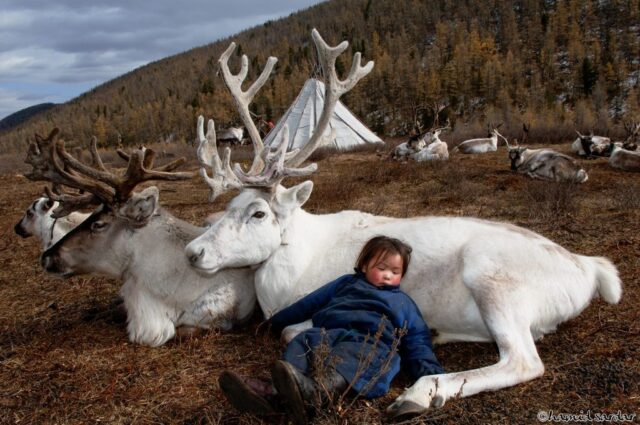
This is a case of an actual animal becoming mythical. Depending on which culture you’re talking about, the white stag could be seen as a spiritual messenger or a miraculous sign from God (or a god). In reality, it’s just a red deer with leucism, a condition that causes its hair and skin to lose its natural pigmentation.
Unicorns date back to at least the Greeks (in terms of people thinking it was a real creature, at least). But for a time in medieval Europe, the discovery of narwhal horns washed up on foreign shores kept the belief alive for a time.
It’s rare that the mention of an investigation is enough to kill a cryptic, but that’s the case with the hodag. A hodgepodge of parts (frog head, elephant face, a reptilian body, and massive claws),
prankster Eugene Shepard seemingly concocted the hoax to make a profit displaying it to the public, but as news spread across the country and scientists expressed interest, he was quick to reveal the hoax.
Sightings of this creature go back to at least the 1700s and continue to this day. People claim the snake is able to bite its own tail and roll after its prey like a wheel, with some adding that it can unwind at the last moment and spear its target.
It’s possible that people are confusing it for snakes that mistakenly attack their own tails, though that wouldn’t explain the wheel-like movement.
Discover magazine ran a piece on this non-existent animal in its April 1995 issue as a joke, using photo-manipulation to create what appears to be a horned naked-mole rat.
Though the magazine included clues that it was a hoax (and accompanied the piece with other prank articles), the hoax persisted for a time as outlets like Ripley’s Believe it Or Not (knowingly or unknowingly) reported it as true.
The fur-covered trout was alleged (at least in North American telling) to had evolved to grow fur due to the cold waters it inhabited and in some versions.
The fur comes off completely when it is brought out of the water due to sudden temperature change. There may technically be some truth to the existence of this creature: a fish infected with cotton mold could appear to be furry.

